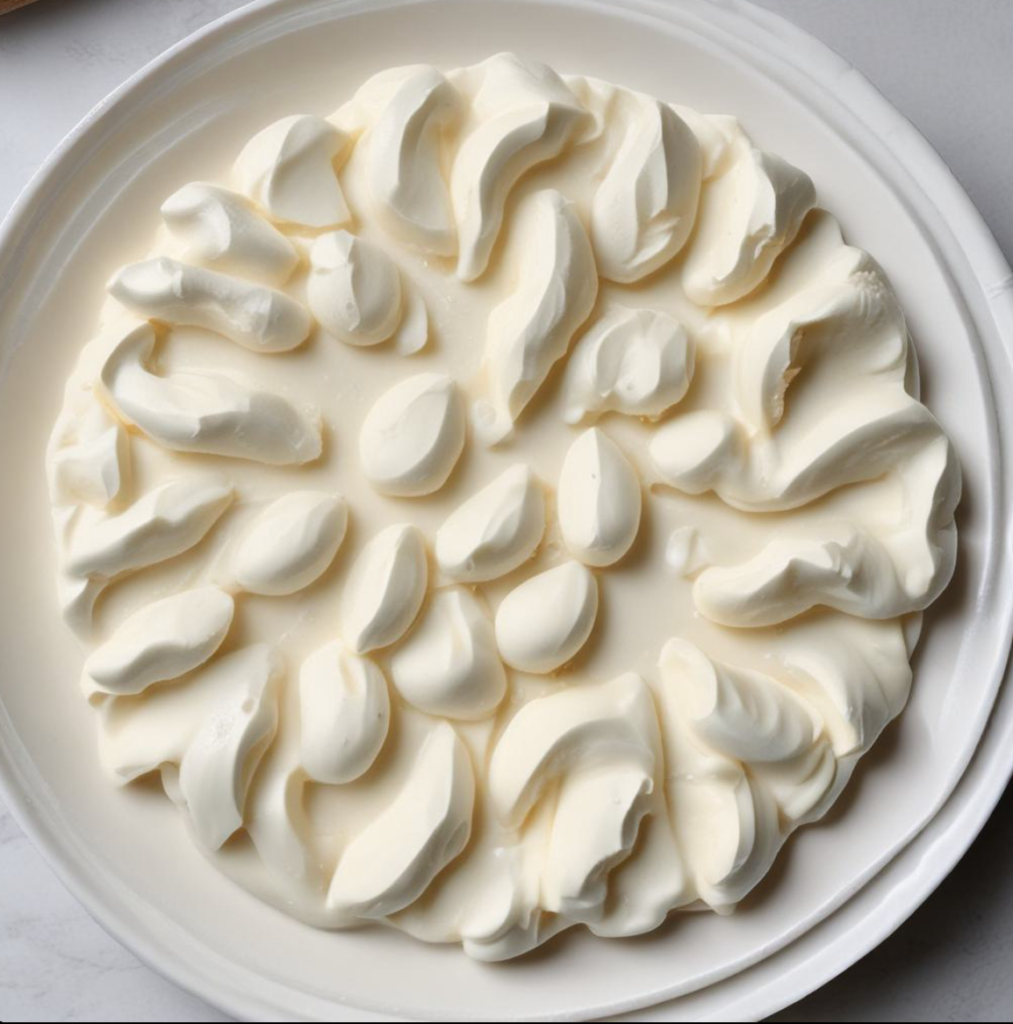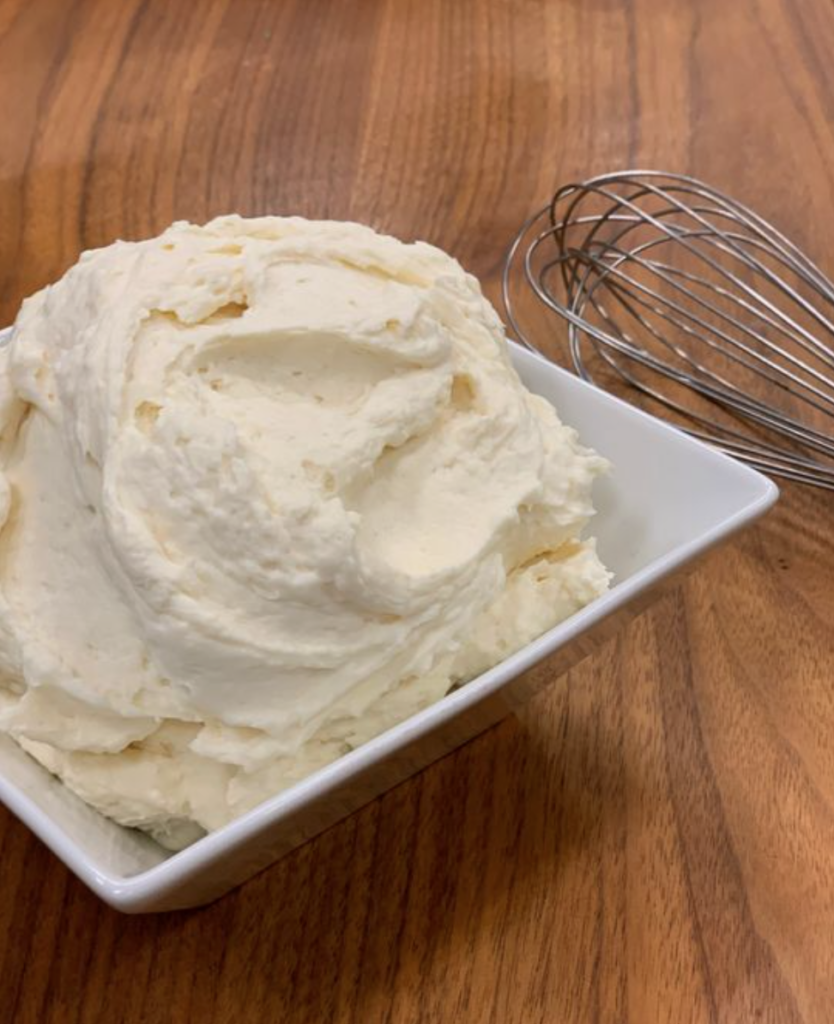Table of Contents (Headlines Only):
- Why Does Cream Cheese Filling Become Runny?
- Methods to Firm Up Cream Cheese Filling
- Best Practices to Prevent Runny Cream Cheese Filling
- Common Variations for Firm Cream Cheese Fillings
- Recent Recipes
- Frequently Asked Questions (FAQs)
- Conclusion
How Do You Firm Up Cream Cheese Filling?

Cream cheese filling is a delightful, creamy addition to many baked goods, such as cupcakes, cakes, pastries, and cookies. However, achieving the perfect consistency for your cream cheese filling can be tricky. Sometimes the mixture can end up too soft or runny, especially when working in a warm kitchen or adding too much liquid. This guide will explore how you can firm up cream cheese filling and ensure it is the perfect consistency for your desserts.
Whether you’re a seasoned baker or a beginner, mastering this technique will save your fillings and elevate your dessert game.
Why Does Cream Cheese Filling Become Runny?
Before diving into the solutions, it’s important to understand why cream cheese filling can sometimes become too soft or runny. Here are the most common reasons:
- Overmixing: Mixing cream cheese for too long can break down its structure, causing it to lose firmness.
- Too Much Liquid: Adding too much heavy cream, milk, or flavoring extracts can thin the consistency.
- Warm Ingredients: If the cream cheese or butter is too warm when mixed, it can create a runny texture.
- Hot Weather: Baking in hot or humid climates can make it challenging to keep cream cheese filling firm.
Now that you understand the causes, let’s move on to practical solutions for firming up cream cheese filling.
Methods to Firm Up Cream Cheese Filling

1. Chill the Filling
One of the easiest and most effective ways to firm up cream cheese filling is by chilling it. Here’s how you can do it:
- Step 1: Transfer the cream cheese filling into a bowl or container.
- Step 2: Cover the container with plastic wrap or an airtight lid.
- Step 3: Place the filling in the refrigerator for 30 minutes to 1 hour. If it’s still too soft, you can leave it in for longer.
Chilling the filling allows the fats in the cream cheese and butter to firm up, giving it a thicker, more stable texture. This method works well, especially if the filling became too soft due to warm kitchen conditions.
2. Add More Powdered Sugar
Another way to thicken cream cheese filling is to add more powdered sugar. This is especially effective if you need a firmer filling for piping or spreading over cakes.
- Step 1: Sift an additional 1/4 to 1/2 cup of powdered sugar to prevent lumps.
- Step 2: Gradually add the powdered sugar to the filling while mixing on low speed.
- Step 3: Increase the speed to medium until the filling reaches your desired thickness.
While adding more powdered sugar will firm up the filling, be cautious as it will also make the mixture sweeter. Adjust according to your taste.
3. Add Cornstarch or Flour
Cornstarch or all-purpose flour can help absorb excess moisture and firm up your cream cheese filling. This method works well when you don’t want to add too much sweetness but still need a thicker consistency.
- Step 1: Add 1 to 2 tablespoons of cornstarch or all-purpose flour to the filling.
- Step 2: Mix on low speed to incorporate fully.
- Step 3: Continue mixing until the filling is thickened to your liking.
If you’re using this method, it’s best to use it in recipes where a slight starchiness won’t affect the overall flavor, such as in cupcakes or filled pastries.
4. Use Cream of Tartar
Cream of tartar is often used in baking to stabilize whipped creams and meringues. Adding a pinch of cream of tartar to your cream cheese filling can also help to firm it up.
- Step 1: Add 1/4 teaspoon of cream of tartar to the cream cheese mixture.
- Step 2: Mix thoroughly until the filling thickens.
This method is useful when you need a more stable filling that can hold its shape in warmer conditions.
5. Reduce Liquid Ingredients
If your filling is still too runny after trying the methods above, you can reduce the amount of liquid in your recipe for future batches. Instead of using the full amount of heavy cream or milk called for, start with half the amount and gradually add more until you reach the desired consistency.
By reducing the liquids, you allow the cream cheese and butter to maintain a thicker consistency.
Best Practices to Prevent Runny Cream Cheese Filling

To avoid the hassle of fixing runny cream cheese filling in the first place, follow these best practices:
- Always use room temperature cream cheese and butter: Softened ingredients blend more easily without becoming too runny.
- Avoid overmixing: Overmixing can break down the cream cheese’s structure, leading to a softer filling.
- Chill between uses: If you’re working on a cake or pastry that requires multiple steps, chill the filling in between uses to keep it firm.
- Measure liquids carefully: Avoid adding too much liquid too quickly. Start with small amounts and adjust as needed.
These preventive measures will help you maintain the perfect texture in your cream cheese filling.
For more tips on creating stable fillings and frostings, check out our guides on baking techniques.
Common Variations for Firm Cream Cheese Fillings
1. Firm Lemon Cream Cheese Filling
Adding lemon juice or zest can sometimes loosen the texture of cream cheese filling. To counteract this, reduce the amount of liquid in the base recipe before adding citrus flavors.
2. Chocolate Cream Cheese Filling
For a chocolate version, add 1/4 cup of cocoa powder to your filling. The cocoa will not only flavor the filling but also help to thicken it.
3. Savory Herb Cream Cheese Filling
If you’re making a savory cream cheese filling for appetizers or savory pastries, reduce the sugar and add finely chopped herbs like dill or chives. This version can easily be thickened by reducing liquids or adding cream cheese in small amounts.
Explore more ideas for incorporating cream cheese fillings in both sweet and savory dishes with our recipe ideas.
Recent Recipes
Frequently Asked Questions (FAQs)
1. How long can I refrigerate cream cheese filling?
Cream cheese filling can be stored in the refrigerator for up to 5 days. Make sure to cover it tightly to prevent it from absorbing other flavors from the fridge.
2. Can I freeze cream cheese filling?
Yes, you can freeze cream cheese filling for up to 1 month. Just be aware that freezing can sometimes change the texture slightly, making it less smooth once thawed.
3. What should I do if my cream cheese filling is too thick?
If your filling becomes too thick, gradually add a small amount of liquid, such as heavy cream or milk, to thin it out. Be careful not to add too much, as this can make it runny.
4. Can I use low-fat cream cheese to make the filling firmer?
Low-fat cream cheese tends to be softer and more watery than full-fat cream cheese, so it’s not the best option if you’re looking for a firm filling. Stick with full-fat cream cheese for the best texture.
5. Why is my cream cheese filling lumpy?
Lumps occur when the cream cheese and butter aren’t softened enough before mixing. To avoid this, always allow your ingredients to reach room temperature before blending.
Conclusion
Achieving the perfect cream cheese filling is an essential skill for any baker. Whether you’re making frosting, a cake filling, or something savory, knowing how to firm up your mixture can save you from runny disasters. With a few simple techniques—chilling, adding powdered sugar or cornstarch, and adjusting liquids—you can ensure that your cream cheese filling is thick, stable, and ready for any dessert.

